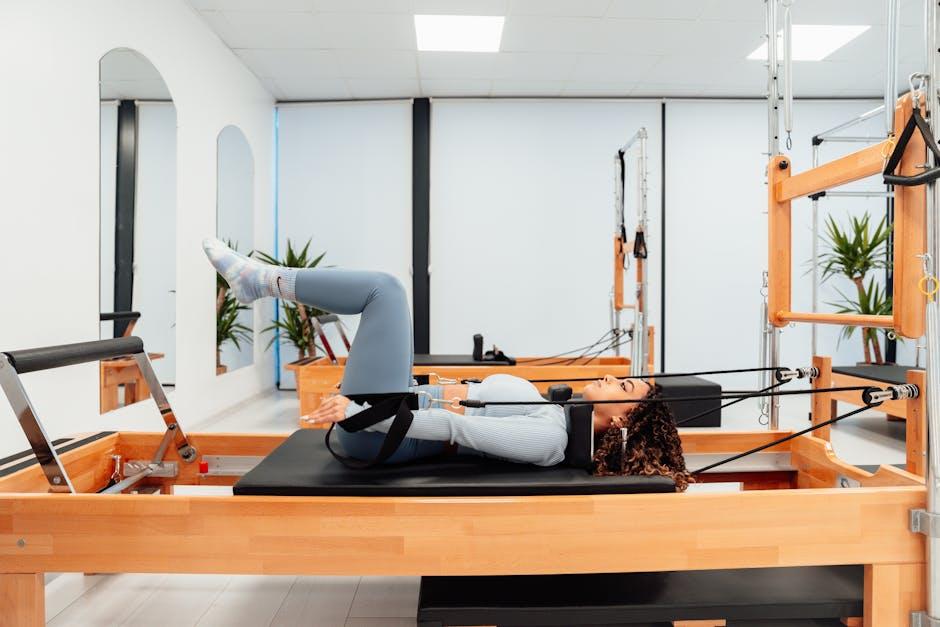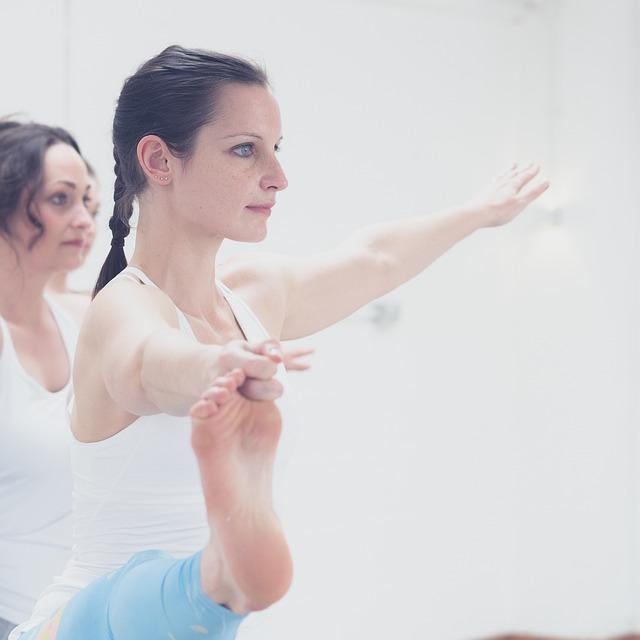In the bustling world of fitness, where new trends emerge as swiftly as they fade, one practice has steadily held its ground: active stretching. Unlike its passive counterpart, active stretching engages muscles in a dynamic dance, promising not only increased flexibility but also enhanced performance and injury prevention. As you embark on this journey to unlock your body’s potential, imagine each stretch as a conversation between muscle and mind, where every movement is purposeful and every breath is a step toward greater vitality. This article delves into the art and science of active stretching, guiding you through techniques that promise maximum effectiveness, whether you’re a seasoned athlete or a curious beginner. Embrace this mindful practice, and discover how the subtle power of active stretching can transform your fitness routine and invigorate your daily life.
Understanding the Science Behind Active Stretching
Active stretching, a dynamic form of stretching, harnesses the body’s own muscle contractions to improve flexibility and strength. Unlike static stretching, which involves holding a position for a prolonged period, active stretching relies on the engagement of opposing muscle groups to achieve a deeper stretch. This method not only enhances the range of motion but also improves muscle coordination. The science behind this technique lies in the activation of the reciprocal inhibition mechanism. When one muscle group contracts, its opposing muscle group is signaled to relax, allowing for a more effective and efficient stretch.
- Improves Flexibility: By actively engaging muscles, the flexibility of both the stretching and opposing muscles is enhanced.
- Enhances Muscle Strength: The active engagement during stretching builds strength in the muscles being used.
- Boosts Muscle Coordination: Regular practice of active stretching can lead to better muscle control and coordination.
For maximum effectiveness, it’s crucial to maintain proper form and control during each stretch, ensuring that the correct muscle groups are being targeted and engaged. Understanding these physiological principles can significantly elevate the benefits of your stretching routine.

Key Techniques to Enhance Flexibility and Performance
Active stretching is a dynamic technique that involves moving parts of your body and gradually increasing reach, speed of movement, or both. This method not only improves flexibility but also boosts performance by preparing muscles for the physical activity ahead. Unlike static stretching, which focuses on holding a position, active stretching is about movement and control. Here are some key techniques to enhance your practice:
- Controlled Movements: Focus on slow and deliberate movements to engage muscles effectively and increase the range of motion without straining.
- Consistent Breathing: Maintain a steady breathing pattern to help relax muscles and improve oxygen flow, which aids in reducing muscle stiffness.
- Progressive Intensity: Gradually increase the intensity and reach of your stretches over time to safely enhance flexibility and performance.
- Mind-Body Connection: Pay attention to how your body feels during each stretch, allowing you to adjust movements for maximum benefit and injury prevention.
By incorporating these techniques, active stretching can become an integral part of your routine, ensuring your muscles are not only flexible but also primed for any physical challenge. Remember, the key is consistency and mindful execution.
Common Mistakes to Avoid in Your Stretching Routine
- Skipping Warm-Ups: Jumping straight into stretching without warming up can lead to muscle strains. Always start with a light activity to get your blood flowing.
- Holding Stretches Too Long: While it might seem beneficial, holding stretches for too long can actually decrease performance and increase the risk of injury. Aim for 15-30 seconds per stretch.
- Ignoring Breathing: Many people forget to focus on their breathing while stretching. Deep, controlled breaths help relax your muscles and improve stretch efficiency.
- Pushing Too Hard: Stretching should be a gentle, gradual process. Avoid forcing your muscles beyond their natural range of motion, which can cause more harm than good.
- Not Balancing the Routine: Focusing only on certain muscle groups can create imbalances. Ensure you are stretching all major muscle groups for a well-rounded routine.

Tailoring Your Stretching Routine to Fit Your Lifestyle
Incorporating active stretching into your daily routine doesn’t have to be a daunting task. The key is to integrate stretches that align with your daily activities and personal goals. Begin by assessing your typical day and identifying moments when you can seamlessly include stretching exercises. Whether it’s during your morning routine, post-workout, or even at your desk during breaks, finding these pockets of time can make stretching a natural part of your lifestyle.
- Morning Energizer: Start your day with dynamic stretches like arm circles or leg swings to invigorate your body.
- Midday Break: Incorporate standing hip circles or torso twists to counteract the effects of prolonged sitting.
- Evening Wind Down: Engage in gentle movements like cat-cow stretches to relax and prepare for a restful night.
By , you not only enhance flexibility but also create a sustainable habit that promotes overall well-being. Remember, consistency is key, and the best routine is one that you can maintain regularly.
To Wrap It Up
As you embark on your journey to master the art of active stretching, remember that the path to flexibility and strength is as much about the process as it is about the destination. By incorporating these techniques into your daily routine, you’re not just enhancing your physical capabilities but also fostering a deeper connection between mind and body. Let each stretch be a moment of mindfulness, a pause in the hustle of life, where you can feel the pulse of your progress and the subtle shifts toward a more balanced you. Whether you’re an athlete seeking to improve performance or someone simply aiming for better mobility, active stretching offers a canvas for personal growth. So, take a deep breath, embrace the stretch, and step forward into a world where every movement is a testament to your commitment to health and well-being.
